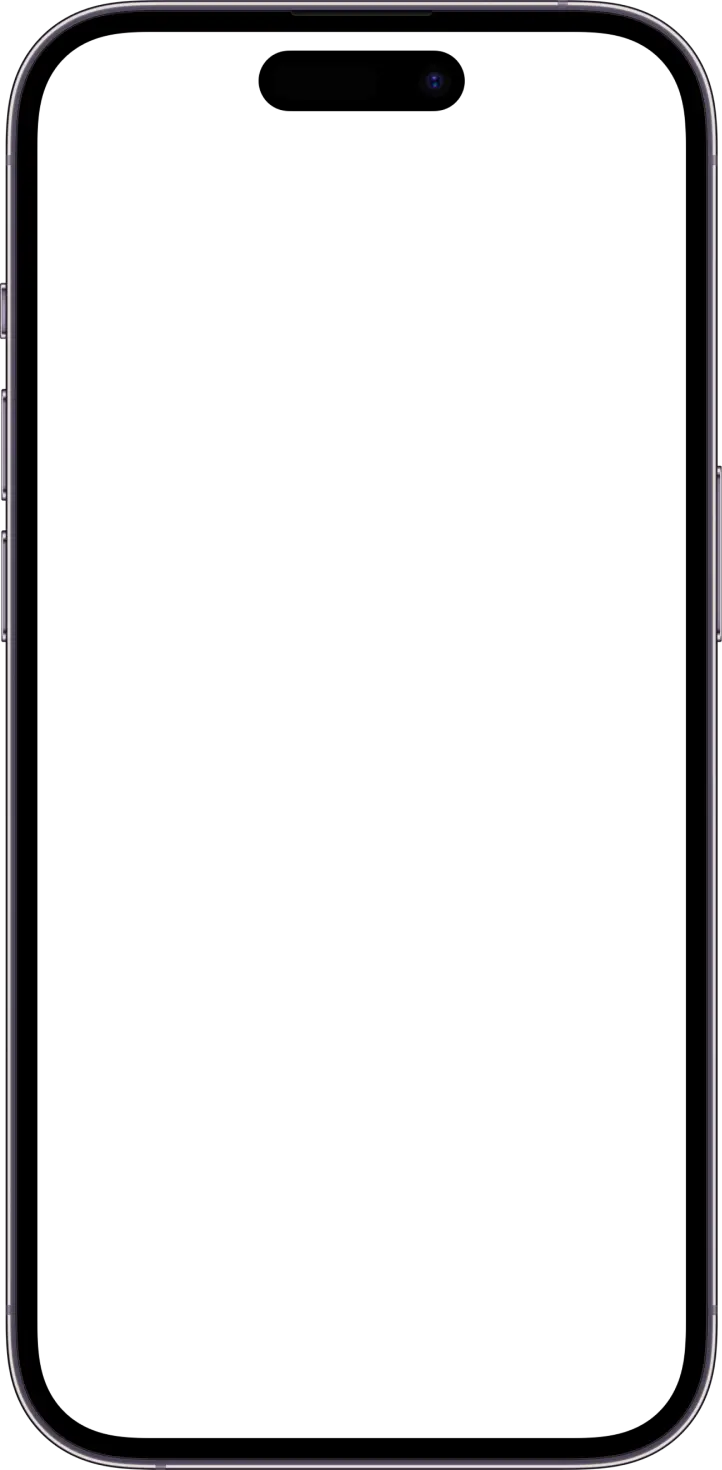Driving Click & Collect Sales
A UX-Led approach to doubling sales after one sprint
Optimising wilko’s Click & Collect experience in just 2 weeks, I led UX improvements that doubled sales in one sprint by enhancing visibility, clarity, and trust - addressing customer confusion post-administration.
Challenge
Click & Collect sales were underperforming, missing Q2 targets significantly. Stakeholders sought a way to drive sales growth in days/weeks and not months/years.
Project mission
Deliver a rapid sales boost through UX optimisations.
Outcome
Click & Collect revenue doubled after just one sprint (2 weeks) - 0.25% to 0.5%.
Background
Wilko, a well-known high street brand, had a strong retail presence before entering administration in 2023. Pre-administration, Click & Collect allowed same day store access, stopping customers from having to pay delivery fees (one of the biggest barriers to conversion).
However, after Wilko was acquired by The Range and store locations dropped from 400 to 220, Click & Collect lost effectiveness due to customer confusion around whether wilko were still in business.
This section details the step by step approach I took to drive the project
Stakeholder kickoff
I mapped the Click & Collect journey in FigJam and presented to stakeholders. During this kickoff session I gathered insights from the Head of UX, Head of E-commerce, CRO Manager, Digital Designer and Project Manager around the current state of wilko’s Click & Collect service and identify pain points.
Key findings:
Click & Collect (C&C) was not visible/advertised early in the journey
C&C benefits were not easily discoverable
Store locations post-administration were unclear
Previous friction points included misleading collection times
Post collection survey
I collaborated with our customer care supervisor to set up a post collection survey on the 'item collected' confirmation email to gather feedback on the customer C&C experience which revealed that so many orders were being cancelled or not found when customers went to collect their item in stores.
Guerrilla user interviews
I spoke to 5 people get some of understanding of any user pain points within the journey - from the users POV. These sessions revealed user confusion around collection times, users were aware about local stores returning and users were unclear of how the click and collect process worked.
Customer and stakeholder insights informed next steps
I had to split problem areas into 2 criteria's:
High impact + Quick wins: Improving wilko's short term issues within the 2 week sprint.
High impact + Longer-term implementation: Addressing the customer issues around cancellations - Post this sprint.
Criteria 1: High impact + Quick wins
Increasing visibility
I added a Click & Collect quick link to the homepage UVP bar linking to the C&C FAQ page. I collaborated with our copywriter to create the content for these pages.
Improved store locator access
Using Hotjar click rate insights I replaced low-performing nav with a store locator button to ensure users have access to their nearest store.
Clarifying C&C process
I introduced a ‘How Click & Collect Works’ modal on the product pages to address any crucial customer concerns and reduce anxiety.
Clarifying order collection time
I collaborated with the devs to add a dynamic message on the product page which updated from the point of the cut off time.
Criteria 2: High impact + Longer-term implementation
Business case proposal
I drafted a business case proposing budget to visit the nearest store to the office. if we didn't address the issue we'd risk losing £30k - £50k in customer lifetime value.
SMS updates
I proposed that we re-introduce SMS updates for when the customer's item is ready for collection as it would reduce anxiety and keep customers informed.
Click & Collect weekly sales doubled after one sprint.
However, cancellation rates also doubled - which suggested that the sales increase was hollow without addressing underlying service issues. We were driving more customers into a broken experience.
Criteria 1: High impact + Quick wins
A/B tested the modal (post initial launch) to confirm it isn’t harming conversation. The variant with modal had a higher Click & Collect order conversion rate by 7.2%.
Criteria 2: High impact + Longer-term implementation
The store visit revealed that staff were cancelling orders without proper searches - they were instances where staff didn't take time to locate items and defaulted to cancellations instead. At the time I, admittedly, didn’t have the experience or foresight to come up with an idea to solve this.
My SMS updates proposal was initially deemed too expensive - I went away and did another survey which revealed that 73% customers would prefer SMS notifications, rather than just an email. As a result the project was added to the 2025 roadmap for Q4.
Learning to balance user needs with business needs
Building the business case made me proud because I learnt to frame proposals that users actually want by using business impact.
If I can do the project again…
If I could do this project again I would have proposed solutions to ensure a real lasting impact like e.g. Making sure a store manager approves all cancellations first before they cancel or suggest making standardise search procedures before cancelling.



